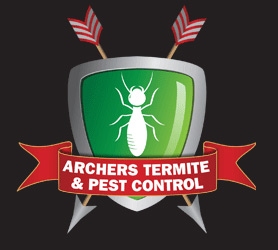Subterranean Termites
Subterranean Termites dwell in the soil underground, they make their way to structures either through constructing travel tunnels or eating their way through timber, depending on the species. There are many different species of Subterranean Termites in Australia and they vary from state to state because of our different climates.
Termites nest in places that are damp, dark and warm and need to be in contact with the ground for moisture. They travel back and forth to the nest daily. Working together to find food, they raise the young and keep their colony safe; keeping their nests moist to help to keep their bodies from drying out.
Ants are not related to termites. Ants belong to the Hymenoptera order whilst termites belong to the Isoptera order. Termites have no waist between the thorax and abdomen and their antennae is formed in bead-like segments. The non-productive termites don’t develop wings and they are generally blind. The reproductive termite does have wings and can grow them very rapidly. They also have one pair of compound eyes.
A winged termite has wings that are the same size; an ant has two different size wings, the rear wings are smaller than the front. Termites are generally white and are see-through, but some can be darker. Their bodies are soft, the body of an ant is harder.
Drywood Termites
The name says “dry wood” because that’s where they dwell—in dry wood. They don’t require contact with the ground as they get their moisture from the wood consumed. The drywood termites are slow eaters, but they consume a wide variety of timbers, including hardwood. All structures, including timber flooring, frames, furniture and so on can be under threat from this species.
Dampwood Termites
Dampwood termites don’t require contact with the ground, as they can survive on high moisture timber. Generally found in damp logs, rotting wood and dead trees; wood to ground contact is a general place to find this species. Keeping all timber above the ground when stored is safest.
